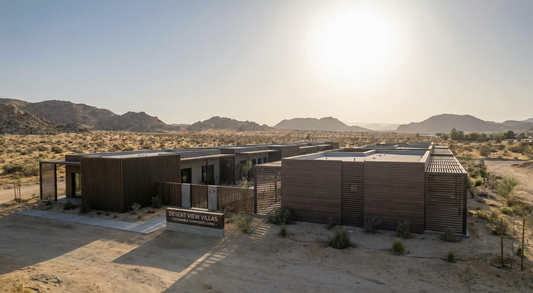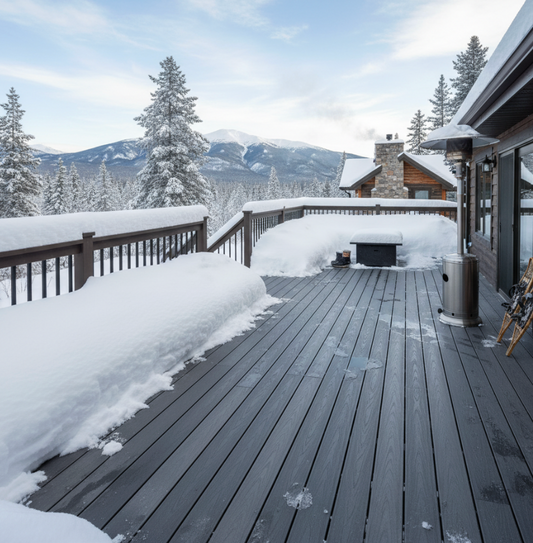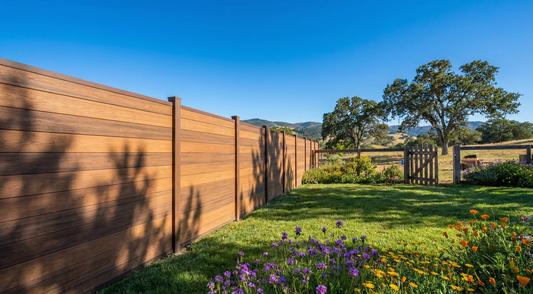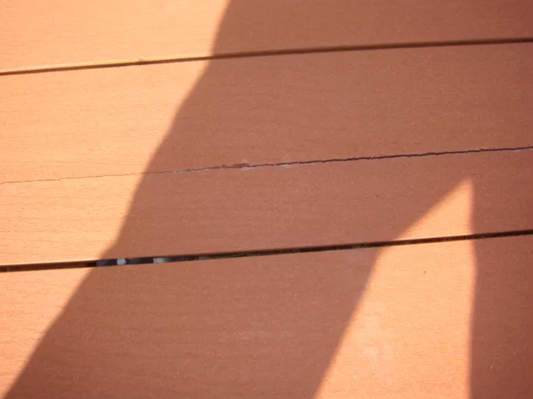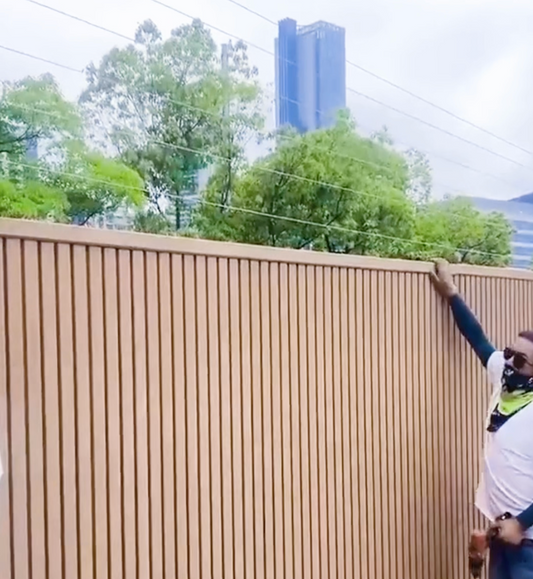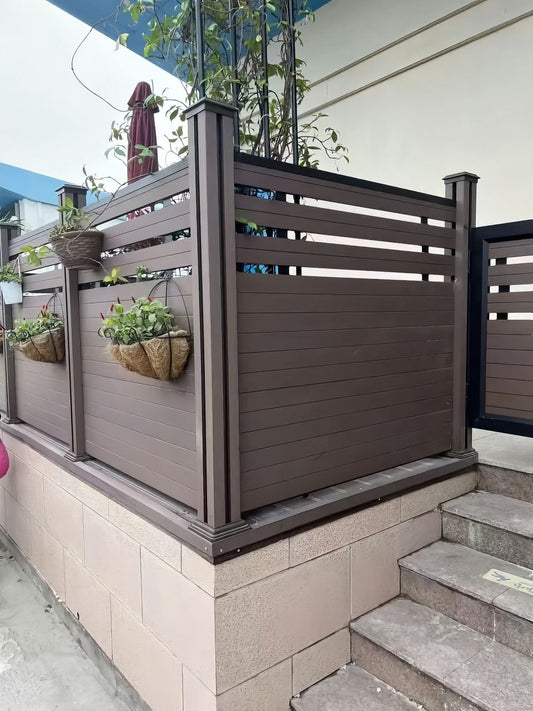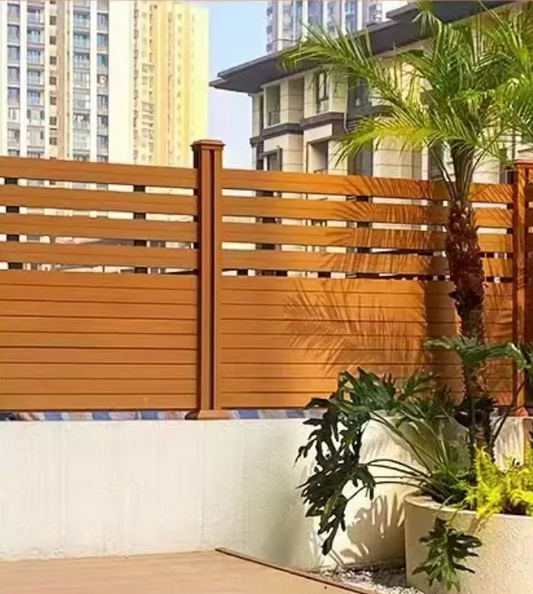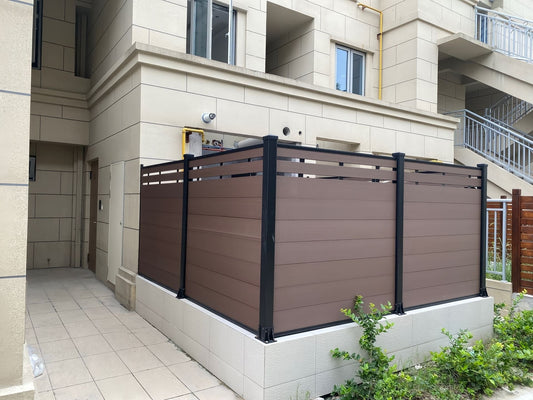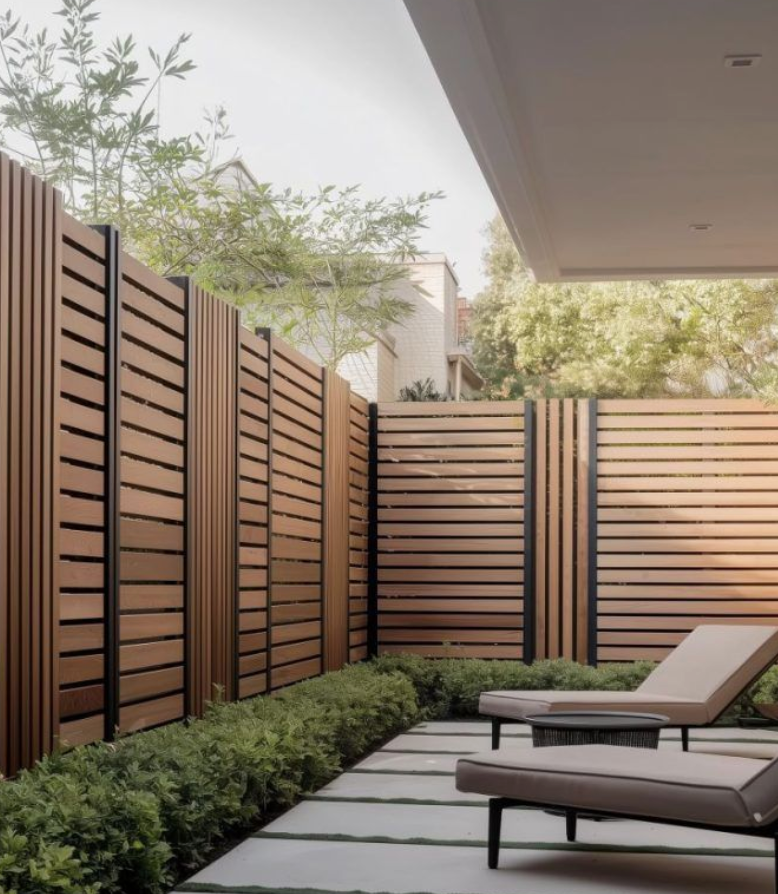
Why Homeowners Are Switching to Composite Fencing: A Smarter, Stronger, and Better-Looking Alternative
Why Homeowners Are Switching to Composite Fencing: A Smarter, Stronger, and Better-Looking Alternative
Choosing the right fence isn’t just about enclosing your yard—it’s about investing in your property’s look, value, and long-term durability. Over the years, many homeowners have opted for PVC or wood fencing, only to discover their limitations. That’s why composite fencing—also known as WPC (wood-plastic composite) fencing—is quickly becoming the go-to choice for modern, maintenance-free living.
Let’s explore why more homeowners are making the switch—and how composite fencing stands up where others fall short.
1. Lawn Mower Stains and Everyday Dirt: Composite Resists What PVC Can’t
Imagine spending your weekend mowing the lawn, only to find green streaks smeared across your bright white PVC fence. Grass stains from trimmers and lawn mowers are notorious for clinging to PVC, especially at the base of the fence. Over time, these marks become permanent, and cleaning them requires strong chemicals or scrubbing that may damage the surface.
Composite fencing, by contrast, is designed to resist everyday messes. The material's surface is smooth but dense, preventing organic matter from sticking. Whether it's grass clippings, muddy dog paws, or flying mulch from the garden bed, a simple spray with a hose is often enough to keep it clean. For families who take pride in a tidy yard, this makes composite fencing a stress-free solution.
2. Yellowing and Fading in the Sun: Composite Fences Keep Their Color
PVC fences may look bright and clean when first installed, but after a year or two in full sun, they often begin to fade, discolor, and turn yellow, especially in southern-facing yards or high-UV environments. This isn’t just cosmetic—it ages your entire property.
Composite fencing is engineered with UV-stabilized pigments that resist sun damage. Whether you choose a rich brown, elegant charcoal, or a light ash tone, your fence will hold its color even under harsh summer sunlight. For homes with sunny patios or poolsides, this makes WPC fencing a visually reliable and color-stable choice—one that maintains curb appeal year after year.

3. Cold Climates Can Crack PVC—Composite Fencing Stands Strong All Year
If you live in a place with real winters—snow, frost, freezing winds—you’ve probably seen what happens to PVC fencing: it gets brittle, cracks under pressure, and even shatters from mild impact in sub-zero temperatures.
Composite fencing performs consistently across all seasons. It won’t crack or splinter in the cold, nor does it warp under heat. Picture a backyard in upstate New York in February: after a snowstorm, a child leans against the fence while building a snowman. With PVC, that pressure could snap a panel. With composite, it holds strong without a sound. This year-round durability makes WPC the practical choice for homes in both hot and cold climates.
4. Weak Structure and Cheap Feel: Composite Fencing Feels Solid and Secure
It’s a common complaint: PVC fences often wobble when leaned on, especially after a few years. Posts shift, panels loosen, and the whole thing begins to feel flimsy. For pet owners, this can be especially frustrating. A large dog bumping into the fence during play can cause it to shake—or even break.
Composite fencing is dense, reinforced, and built for stability. Unlike hollow PVC, composite panels are heavier and better anchored, offering a premium tactile experience. Whether it’s a curious dog chasing a squirrel or guests leaning on the fence during a backyard BBQ, WPC fencing stays put. It feels secure, and that security adds to your peace of mind.

5. The High Cost of “Cheap” Materials: PVC Isn’t Always Budget-Friendly
While PVC is often marketed as an affordable alternative to wood, the reality is more complex. Initial installation may be cheaper, but when you factor in frequent repairs, discoloration, and eventual replacement, the cost adds up. Worse, it doesn’t add value to your home—in fact, many buyers see it as a temporary, lower-end material.
WPC fencing offers better long-term value. With little to no maintenance, no repainting, and excellent durability, it’s a one-time investment that lasts 20–30 years. Real estate agents often mention quality fencing as a selling point—especially composite materials, which offer both performance and appearance. When you're thinking resale, composite is a smart choice that can enhance property value.

6. Wood Requires Constant Upkeep—Composite Doesn’t
Natural wood has timeless charm—but it also comes with constant chores: sealing, staining, sanding, termite prevention, and dealing with rot. In humid or rainy climates, wood fencing can twist or decay within just a few years.
Composite fencing captures the beauty of wood without the maintenance. Its realistic wood-grain texture mimics the look of cedar or redwood, while resisting everything from moisture to insects. Imagine sitting on your patio after a rainstorm, not worrying about your fence swelling or rotting. That’s the freedom composite fencing brings. You get elegance without effort.
Summary: Why Composite Fencing Is the Future
In every meaningful way—durability, aesthetics, convenience, and long-term value—composite fencing outperforms both PVC and wood. For modern homeowners who want their fences to look great, last long, and require minimal attention, composite offers a clear advantage.
Whether you’re replacing a worn-out fence or planning your dream backyard, WPC fencing is an investment that pays off—year after year.

✅ Benefits of Composite (WPC) Fencing at a Glance:
-
Resistant to lawn stains and dirt buildup
-
UV-stable colors that don’t fade or yellow
-
All-weather durability—from snow to summer heat
-
Sturdy structure that won’t wobble or crack
-
Natural wood-grain look without the maintenance
-
Wide range of colors and textures to suit any style
-
Eco-friendly materials made from recycled plastic and wood
-
Adds long-term value to your property

